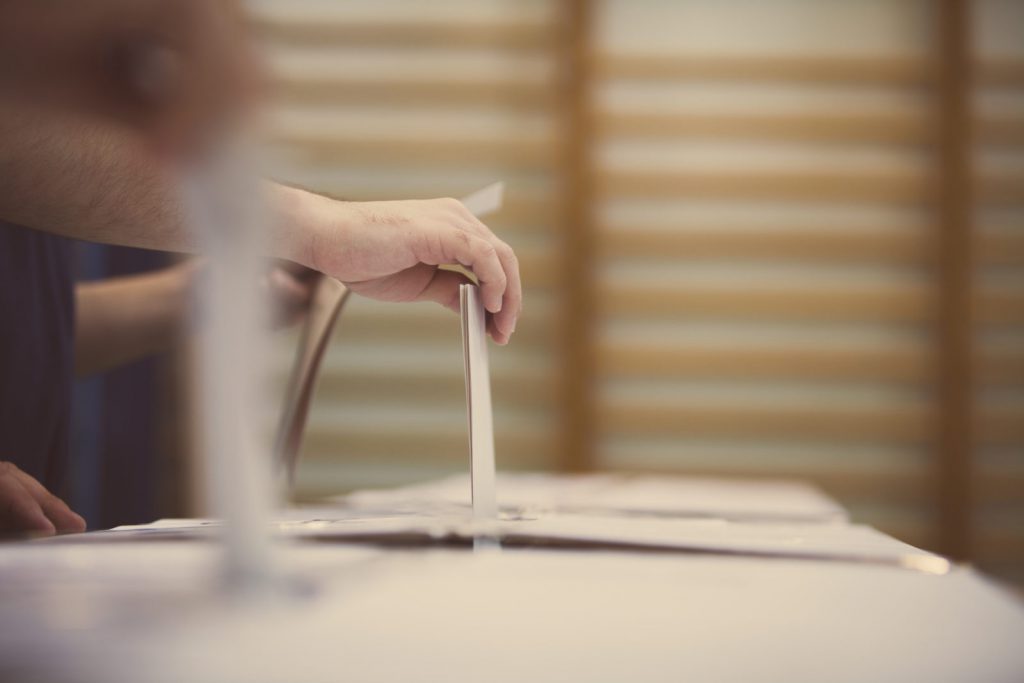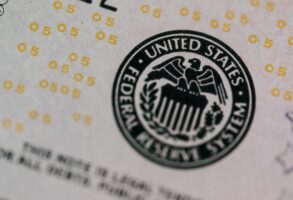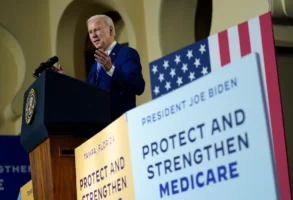
Published April 4, 2018
With Democrats winning in normally deep red places like Alabama and Pennsylvania’s 18th Congressional District, it looks like a blue wave is swelling for the midterm elections.
There’s still time for Republicans to change that, but first they must figure out how to mount an effective defense. To do that, they need to focus on a largely overlooked group of voters: Donald Trump voters who did not like him.
According to the 2016 exit polls, 18 percent of Americans did not like either Mr. Trump or Hillary Clinton. Mr. Trump owes his victory to the fact that he beat her among this group by a 17-point margin, 47 percent to 30 percent (the remainder voted for a third party or write-in candidate). Multiplying Mr. Trump’s percentage among this group by the group’s share of the electorate yields a startling fact: Nearly one-fifth of all Trump voters didn’t like him.
This is a shockingly high share; it goes a long way toward explaining why places that voted for Mr. Trump in 2016 could be voting against Republicans in 2018. The president’s job-approval rating remains historically weak, in the low 40s, only a few points higher than his humble favorability rating was on Election Day.
Both exit polls in 2017 and analysis of recent generic congressional ballot polls — which indicate a Democratic lead — show that willingness to vote Republican or Democratic is highly correlated with one’s opinion of President Trump. That can mean only one of two things: Either people who voted for Mr. Trump without liking him are so discouraged they aren’t even answering polls (unlikely) or millions of Trump voters are intending to vote for Democrats in the fall.
That probably shocks political pros from both sides of the aisle. Mr. Trump’s first year in office, while tumultuous, followed a predictable script. He signed the Republicans’ signature agenda item, a giant tax-cut bill. He pursued a traditional business-friendly Republican program for deregulation and promoted conservative priorities like stricter immigration policy. He appointed the conservative judge Neil Gorsuch to the Supreme Court, regularly attacked the news media and provoked liberals with culture-war tweets (like berating N.F.L. players for kneeling during the national anthem).
This combination of stoking racial resentment and promoting Republican policy was supposed to be his ticket to victory. Yet his job-approval ratings continued to fall during the year, hitting a nadir about the time his endorsed Roy Moore, who lost in Alabama’s special Senate election.
It’s not a surprise, though, if you look at the characteristics and beliefs of these “reluctant Trump” voters. According to the George Washington University Battleground Polls from September and October 2016, which also tracked voters who disliked both candidates, these people were largely self-described independents and ticket splitters. They leaned Republican, but they were not hardened partisans. Instead, they were willing to break with their preferred party when personalities or circumstances permitted.
These polls also make crystal clear how much Mr. Trump bothered them. In both sets of the battleground polls, these voters strongly thought Republicans were best able to handle taxes, jobs, the economy and foreign affairs. Yet when they were asked the identical questions about which of the two candidates they trusted more, they backed Mrs. Clinton or rated the two evenly. They also strongly thought Mr. Trump did not have the temperament for the job, nor was he honest and trustworthy.
Crucially, these voters made up their minds very late in the race. In September, 68 percent thought they would vote for a third-party candidate or were undecided. This changed little by mid-October. In this poll, taken during the height of the controversy over the “Access Hollywood” tape, 54 percent still intended to vote third party or were undecided. This group didn’t break for Mr. Trump until the very end of the race, when they returned to their party preferences to reluctantly back the Republican over the Democrat.
Republicans who want to reverse the special election trends of 2017-18 must incorporate these findings into their messaging and campaigns. Simply encouraging partisans to vote won’t be enough: These swing voters still don’t like Mr. Trump, and they don’t respond to simple, partisan appeals.
Instead, Republicans need to focus on the voters’ choice in November. Their midterm votes will not be a consequence-free way to express displeasure with the White House; their vote will empower Democrats to do the very things these voters don’t want them to do.
This also requires the right use of imagery and pictures for television ads and staged events. That means knowing exactly who these voters are: They are disproportionally employed, married men with children at home. They are also mainly college educated and are the likeliest group to call themselves “upper class.” These are upscale suburban dads, not suburban moms.
These men see some things in Mr. Trump that they can respect. The George Washington Battleground Polls found the men thought Mr. Trump was a strong leader and overwhelmingly thought he said what he believed.
Reducing the infighting and lack of coordination between Congress and the president is also a must. When asked about the most important challenge facing America, they cited many common priorities: jobs, the economy and so forth. They also mentioned one unusual item: dysfunction in government. Every time it looks like the president, Congress or both can’t handle their jobs, it drives home the message that Republicans can’t do what many of these voters want most: make government work.
Making government work may also require the party to go outside its ideological comfort zone, especially on issues like the president’s tariffs. Most Republican legislators and intellectuals hate them, but it turns out that the party’s voters like them. A March poll for Politico found that 65 percent of Republicans backed the president’s tariffs. Strikingly, a Monmouth University poll taken just before the Pennsylvania special election found that 43 percent of that district’s voters thought the tariffs would help the Pittsburgh-area economy. Seventy-five percent of Republicans and 43 percent of independents thought tariffs would help. Among voters backing the Republican Rick Saccone, tariffs were favored by a whopping 81-1 margin; even 10 percent of voters supporting Mr. Saccone’s opponent, Conor Lamb, thought tariffs would help the local economy.
Parties that hold the White House almost always lose seats in the midterms. The difference between defeat and disaster, however, depends a lot on how swing voters view that party and its record. Republicans still have a chance to avoid disaster if they know those swing voters are largely Republican-leaning dads upset with Mr. Trump and figure out how to appeal to them.
Do that and the party might just keep control of the House and important governorships. Fail and a 2010-style blue tsunami may just wash Republicans out to sea.
Henry Olsen (@henryolsenEPPC) is a senior fellow at the Ethics and Public Policy Center and an editor at UnHerd.com. He is the author of “The Working Class Republican: Ronald Reagan and the Return of Blue-Collar Conservatism.”








